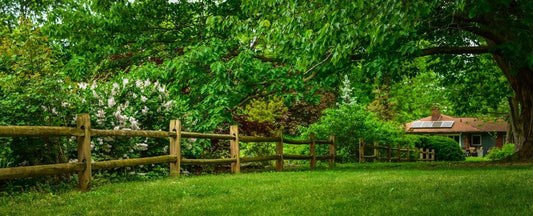Delosperma Care Essentials for Gardeners

Caring for Delosperma/Ice Plants
Planting Ice Plants
When it comes to planting delosperma, the key is providing a sunny spot with excellent drainage. Choose a location that receives full sun, where the soil is light and very well-drained. This is where delosperma thrive, soaking up sunlight and displaying their colorful blooms to perfection.
Place your delosperma plants 12 to 15 inches apart so they have space to grow well. Whether you choose the colorful Delosperma cooperi, also called Iceplant, or the charming Delosperma floribundum, Hardy Ice Plant, the planting steps are the same. These plants love dry, hot summers, making them perfect for areas with minimal rainfall.
Growing Delosperma
Gardeners love growing these plants because they are tough and can withstand various conditions while producing stunning flowers. Here are some tips to ensure your delosperma thrives:
Lots of Sun
Delosperma plants love sunlight. Place them where they'll receive at least 6 to 8 hours of direct sunlight daily. This helps them grow strong and produce beautiful flowers.
Water Wisely
Despite their ability to handle dry conditions, delosperma still appreciate some water, especially in spring and summer when they're actively growing. Water them deeply but infrequently, allowing the soil to dry out between waterings. Too much water can lead to root rot, so it's best to err on the side of underwatering.
Feed Lightly
Delosperma plants don't need a lot of food. Just a little bit of balanced, slow-release fertilizer in early spring should be enough to help them grow well and bloom beautifully.
Trimming for a Fuller Plant
In early spring, trim back any messy or long stems on your delosperma. This type of pruning helps the plant stay tidy and puts its energy into growing new, healthy leaves and flowers.
Making More Plants
You can grow new delosperma plants from cuttings easily! Just cut a healthy stem, take off the lower leaves, and put the cutting in a pot with good drainage. Keep the soil a bit damp, and before you know it, you'll have new plants to add more color to your garden.
Delosperma Care
Taking care of delosperma plants is easy because they're tough and hardy. Here's how to make sure your plants stay healthy and happy year after year:
Protecting Winter
If you live in colder areas (Zones 4-6), put a layer of mulch around the base of your delosperma plants in late fall. This helps keep the roots safe from freezing temperatures.
Watching for Pests and Diseases
Delosperma plants usually don't have many problems with pests or diseases. But it's good to check for signs of too much water, which can lead to fungus. Make sure the soil drains well and there's enough air around the plant.
Enjoying the Colorful Show
One of the best things about growing delosperma is sitting back and admiring the beautiful colors they bring. From bright pinks to sunny yellows, these plants are like a party for your eyes. They also attract bees and butterflies, adding even more life to your garden.
Growing delosperma plants is a wonderful experience for gardeners. They're easy to take care of, they have bright and beautiful flowers, and they can handle dry conditions well. They'll soon become a favorite in gardens of all sizes. Whether you go for the colorful Delosperma cooperior the tough Delosperma floribundum, you're in for a real treat. So, why wait? Add delosperma/ice plants to your garden today and watch them bloom into a colorful paradise.



